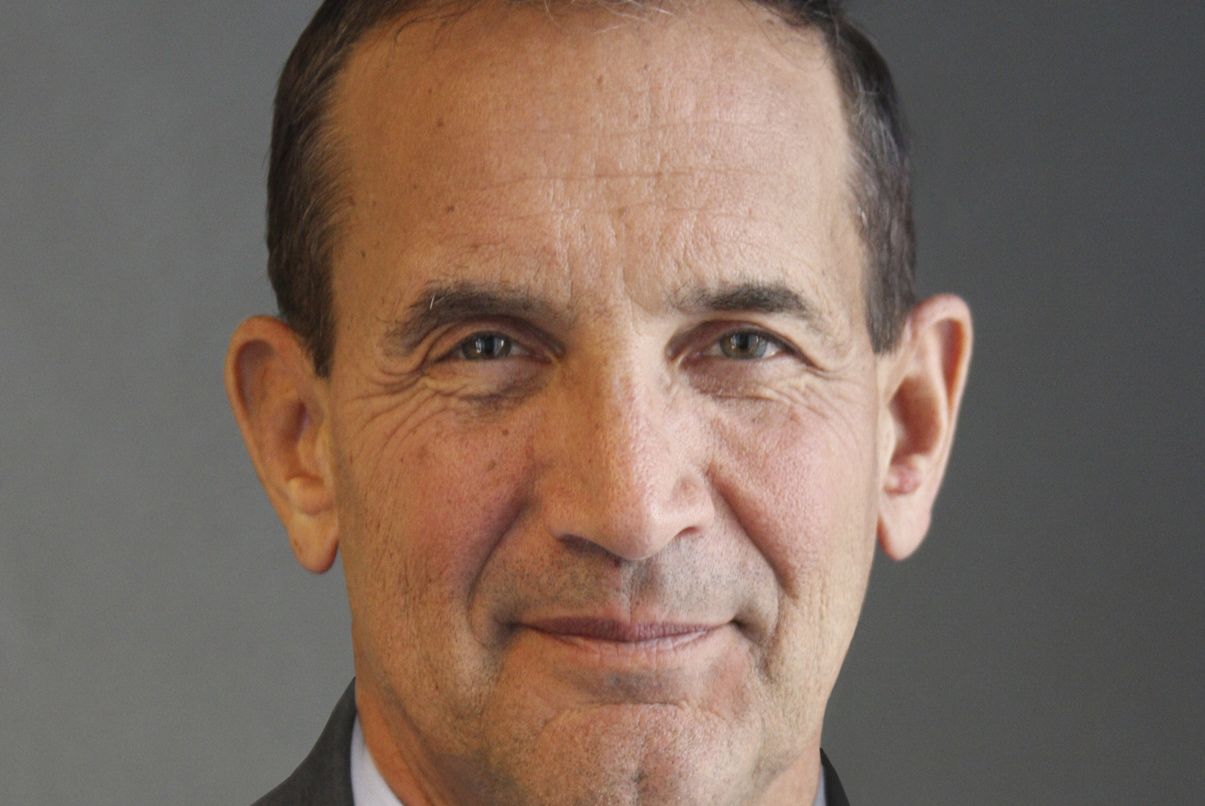While the United Kingdom’s decision to leave the European Union (Brexit) has temporarily undermined market confidence, my confidence in equities was on the decline in advance of the vote. So let’s take a break from Brexit for a few minutes and look at some longer-term fundamentals.
I remain disenchanted with stocks and I need to see improvement in five key metrics before changing my view:
- Improved pricing power for US based multi-national companies
- Better consumer spend on goods and services
- A weaker dollar relative to other currencies
- Rising capital expenditures, especially in information technology
- Moderating labor and health care costs
I’m focused on the behaviour of the private sector and its ability to generate free cash flows. During this business cycle, which began in July 2009, the US and many developed markets experienced record high profit margins, best-ever free cash flows relative to the size of the overall economy and high returns on equity. This surprised many cautious investors given that both the global and US growth rates had fallen below trend. The reasons for the high profit generation, which were complex, included gains in manufacturing sector efficiency, productive use of technology, rapid asset turnover, capital-light strategies, employment of global labor, use of operating leverage instead of financial leverage and low energy costs.
During the last three quarters most of these tailwinds for risk markets began to falter. Margins narrowed not just in the materials and mining sectors, but throughout much of the S & P 500, countering well-established trends that dated back to 2009. Now, selling, general and administrative (SG&A) expenses have been rising as a percentage of revenues. Financial leverage is replacing operating leverage, and both return on equity and margins continue to weaken into midyear.
All of these measures feed into a very important metric for me—the share of US gross domestic product going to the owners of capital. When the share of the economy going to the owners as profits begins to subside, a direct casualty is capital expenditure and durable goods spending.
Both are now weakening. Big ticket expenditures like purchases of machine tools by manufacturing firms and information technology spending by most firms, are a key to future growth of both jobs and profits and tend to perpetuate the cycle. These large expenditures by businesses have been weakening and the trend is downward.
The US consumer is doing better. Spending is increasing, but consumers have not spent the extra income afforded by the earlier oil price decline. And now, worryingly, energy prices are rebounding. The US dollar had been weak during much of this cycle, but now because of interest rate differentials and a flight to safety, the dollar has been heading back up. The strong company fundamentals that were the signature of this longer-than-usual cycle, have weakened in almost all categories.
Overall I am biased toward being underweight equities. Within equities I would favor US shares relative those of the UK, Eurozone and Japan. Some emerging markets look attractive, particularly Latin America and Eastern Europe, but selectivity is very important, as always. In fixed income I prefer high yield because fundamentals in the US remain solid with odds favoring the US avoiding recession near-term, in my view.
History tells us a weakening of the profit cycle can herald recession. Usually a profits recession comes as rising interest rates hijack consumer and business spending. US recession risks are rising, but the risk of rates rising seems remote now. Rather than a recession unfolding soon, I see a continuing plague of profit disappointments but no economic collapse. A kind of investor’s limbo, if you will. I hope the five points above reverse, but unless they do, late cycle flags should be a caution to investors.
James Swanson, CFA, MFS Chief Investment Strategist.



